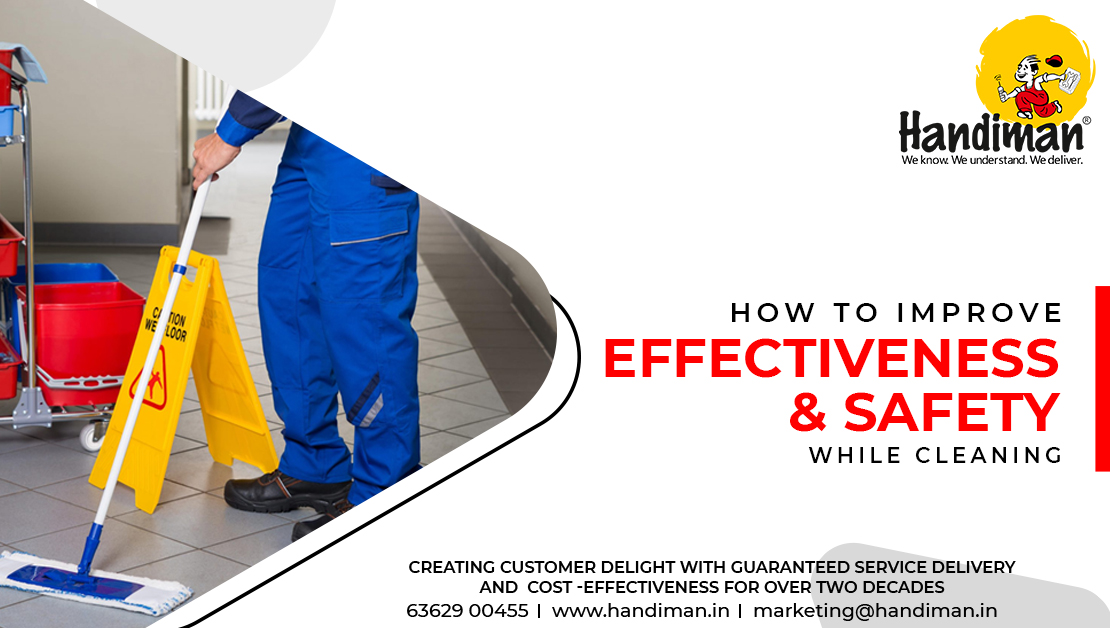
How to Improve Effectiveness and Safety While Cleaning
A vital component of daily life is cleaning. The ongoing health and safety of the staff and customers depend on cleaning. Adopting an efficient cleaning technique is essential to guaranteeing you completely eradicate dangerous microorganisms. Depending on what you're cleaning, the specific cleaning process and the materials used may change, but there are typically six stages of cleaning that are crucial to completely disinfect contaminated surfaces.
We'll go over what each of these six cleaning stages entails in this article, along with tips on how to use them when you clean.
The following six cleaning phases are:
- Pre-Clean
Getting rid of loose materials and debris from the contaminated surface you're cleaning is the first step in cleaning. This can be accomplished by sweeping, rinsing, or wiping with a disposable towel.
- Maintain cleanliness
Any substances, dirt, grease, and debris that you were unable to remove during the pre-clean stage should be broken up during the second cleaning stage. In order to do this, hot water and detergent are used. The loosened materials might be easy to wipe away right away.
- Rinse
All of the loose materials, dirt, and debris, as well as the detergent used in the second stage of cleaning, are removed in the third stage of cleaning. You can do this by using a cloth, mop, squeegee, etc., and clean, hot water.
- Disinfection
Disinfecting the surface, which kills bacteria and other microorganisms, is the fourth cleaning step. For instance, using heat or a chemical disinfectant for a sufficient amount of contact time. Observe any product or piece of equipment's instructions.
- Final Rinse
In the fifth stage of cleaning, any disinfectants from the stage before being removed using fresh, hot water. Nevertheless, depending on the disinfectant and surface you're cleaning, this step may not always be performed.
- Drying
Drying the surface is the sixth and final step of cleaning, and air drying is advised whenever possible. Drying clothes can be used if necessary, but they should only be used once, especially in a professional setting. Drying clothes that have been used but are still damp must not be reused; otherwise, bacteria could grow on the clothes and cause contamination.
Conclusion
A thorough cleaning can help your property lessen risks and create a secure environment. It's crucial to follow an efficient cleaning procedure to reduce health and safety risks. It ensures that microorganisms are completely eliminated, that you don't unintentionally spread them, and that any additional risks are minimal.
